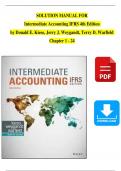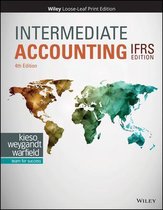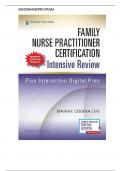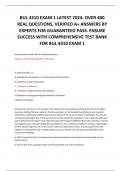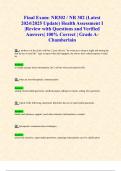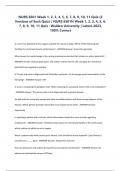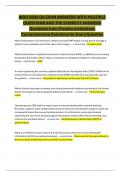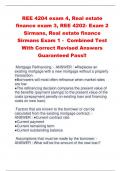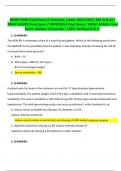Examen
SOLUTION MANUAL FOR Intermediate Accounting IFRS 4th Edition by Donald E. Kieso, Jerry J. Weygandt, Terry D. Warfield| Chapter's 1 - 24 | Complete Newest Version
- Cours
- Établissement
- Book
SOLUTION MANUAL FOR Intermediate Accounting IFRS 4th Edition by Donald E. Kieso, Jerry J. Weygandt, Terry D. Warfield| Chapter's 1 - 24 | Complete Newest Version SOLUTION MANUAL FOR Intermediate Accounting IFRS 4th Edition by Donald E. Kieso, Jerry J. Weygandt, Terry D. Warfield| Chapter's 1 ...
[Montrer plus]
